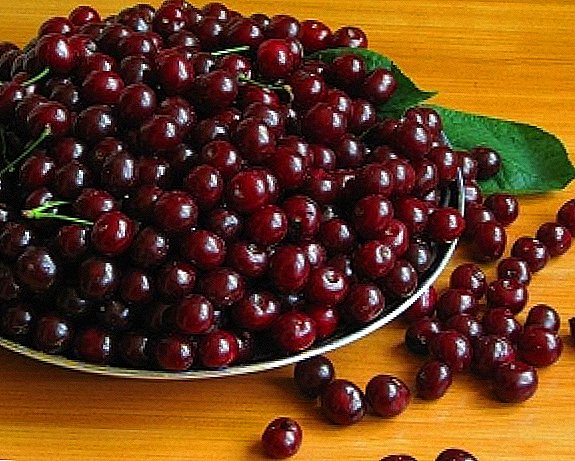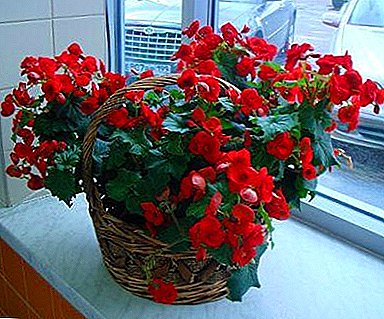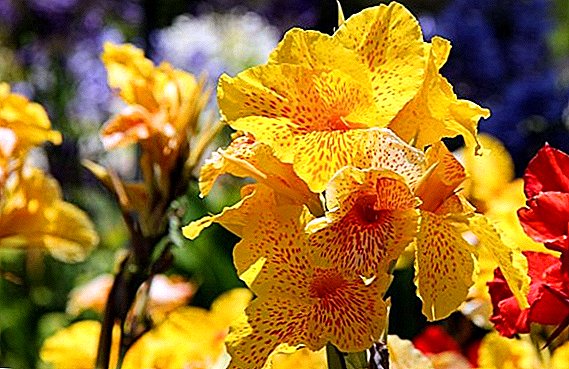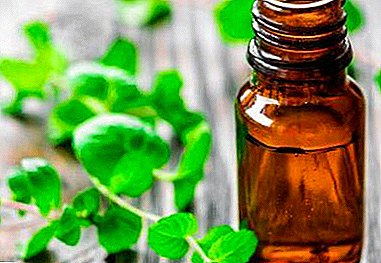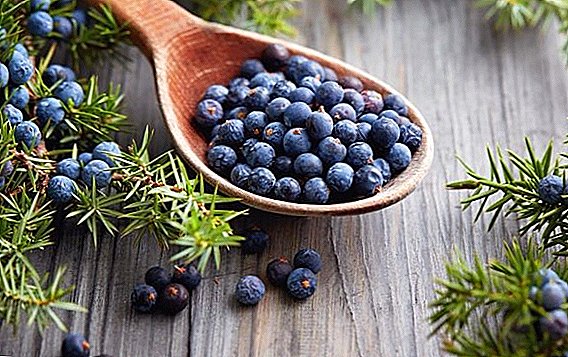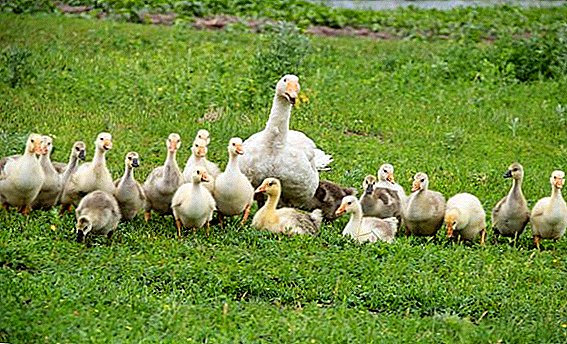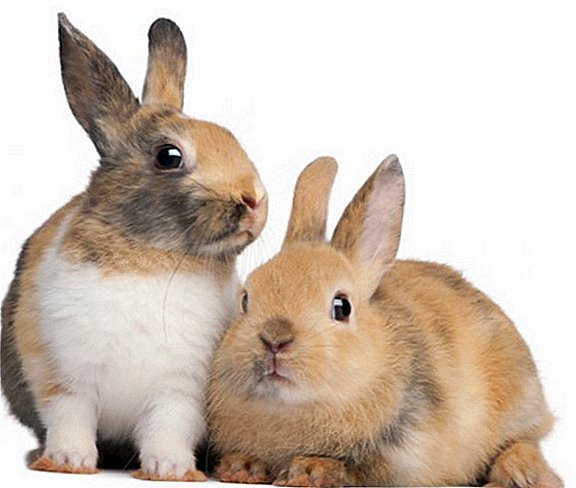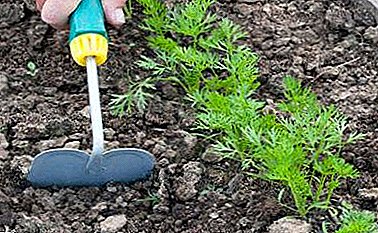
Growing vegetables through seedlings is practiced by many gardeners, but is it possible to grow carrots in this way?
The main thing is to do it correctly, following some recommendations and tips, to take into account the peculiarities of cultivation and methods of further processing.
The article will tell you whether you can get a good carrot through the seedlings, give instructions on how to get seedlings from seeds and transplant them then in open ground, and also how to care for them afterwards.
Is it possible to grow carrots in this way?
Carrots grow in a seedling way is not desirable, but you can. The main problem in such planting is the process of transplantation into open ground, the root has a very thin and long central root, which, when damaged, gives branching and the fruit is obtained, like a branch, with several ends. If the root is not damaged, it can be bent during transplantation, which will lead to the curvature of the carrots and, as a result, the curve will be a vegetable.
Despite this, many gardeners are forced to use this method due to adverse weather conditions or a cold growing region. It is possible to grow carrots with the help of seedlings, but it is not worthwhile to introduce it into practice, such cultivation is very problematic.
How does the seedling material look - description, photo



When shoots appear, first you can see a pair of seed leaves, painted in the lower part in red or orange color, and only after that the first true leaf appears. At this very moment, with the seedling method of cultivation, the carrot should be transplanted to a permanent place of cultivation. The tops itself is a fluffy twig with many small leaves. At a young age they are difficult to discern.
Advantages and disadvantages of the method
This method helps gardeners living in cold regions. The disadvantages of such cultivation is enough:
- takes a long time landing process;
- root crops can turn out deformed;
- Not all plants will take root after transplantation.
Despite this, many gardeners experiment and achieve good results with different growing methods.
When to plant and what does it depend on in different regions?
 For, to correctly calculate the time of sowing, it is enough to determine the time of planting the plant in the ground. The temperature should be set above -2 0C, and therefore will have to repel from this period. When planting seedlings at lower temperatures, the plant will die.
For, to correctly calculate the time of sowing, it is enough to determine the time of planting the plant in the ground. The temperature should be set above -2 0C, and therefore will have to repel from this period. When planting seedlings at lower temperatures, the plant will die.
If the seeds are properly prepared, their germination will take about 20 days, another 15 days will be needed for them to grow and mature. Hence it follows that sowing seedlings should be a month before transplanting into the ground. In each region, this period will be different. After planting, it is imperative to cover the plants with a film, for better adaptation to new conditions.
- In central Russia the required temperature is set by mid-May, and therefore sowing of seeds should be in the second decade of April.
- In the Urals and in Siberia this period will be later. The beginning of June is already passing without frosts, which means it is necessary to sow carrots in late April - early May. The use of greenhouses and shelters will help to slightly delay this period to an earlier date.
Selection of seed varieties
Among these varieties should be noted:
- Tushon;
- F1 fun;
- Amsterdam;
- Alenka;
- Carotel;
- Laguna F1.
There are many other early ripe varieties, differing in the color of the root, shape and taste.
Step-by-step instruction
Certainly when growing seedling basic rules should be followed to get better yields..
Inventory
For planting need carrot seeds, capacity, soil, water.
Seed preparation
 Seeds of carrots have a very strong shell, and therefore before planting they need to wake up.
Seeds of carrots have a very strong shell, and therefore before planting they need to wake up.
The easiest way:
- Soak them in water at 50 0C, wait until it is completely cooled.
- Drain the liquid.
- Do this procedure again, but now do not drain the water, and wait for the seeds to swell.
Usually this requires no more than 2 days.
Capacity Selection
When transplanting cultivation is considered the best landing in separate containers, but it takes a lot of space. You can plant carrot seeds in peat tablets, it will help not to injure the plant when it is transplanted into the ground. When planting in a common container, you should carefully place the seeds at a distance from each other, so that when planting carrots in the ground to reduce injury to the roots of the plant.
Sowing process
- The ground is poured into the tank, it is moistened for half an hour before planting.
- The swollen seeds sink into the ground and subside a little, sprinkle a little with the earth above.
Further care
For carrot seedlings need a warm place, watering and loosening. You can cover the seedlings with a film, for faster shoots.
Preparation of beds
To prepare the beds, it is enough to dig them up and water them abundantly. A plant in wet soil will be easier to adapt. The soil should be fluffy and loose.
Crop rotation
 Best of all carrots will feel in the beds that were cultivated last year.:
Best of all carrots will feel in the beds that were cultivated last year.:
- cabbage;
- cucumbers, zucchini, pumpkin and squash;
- potatoes;
- lettuce, onion, spinach, radish, celery;
- mint, basil, coriander.
Do not plant carrots in the ground after growing beets. The harvest will be bad. Corn will not affect the crop of the root. Onions are recommended to plant next to the carrot - this will provide protection from pests.
Permissible to grow carrots after:
- a tomato;
- legumes;
- pepper;
- eggplants.
If on this bed last year carrots grew, then you can plant seedlings here, but it is better to change the place.
Move to open ground
The main condition for transplantation is considered to be compliance with the temperature regime, with frosts below -2 0With the plant die. Also recommended to transplant carrot seedlings immediately after the appearance of the first true leaflet, for less damage to the thin roots of the root.
Picks
Experienced gardeners do not doubt whether it is possible to plant young shoots: it is even necessary to do this in the case of carrots, the question is how.
- If the seedlings are planted in peat tablets, then there are no problems with transplantation.
- It is enough to remove the protective film and place the sprout in the prepared well.
- When transplanting from a separate container, you need to use a long narrow spatula, which will help to remove the carrots with the least damage.
- Before transplanting water seedlings for half an hour, for ease of operation.
- If the carrot sits in a common box, then more careful work will be needed, separating the plants from each other is important, as much as possible to damage their root system.
- Carrots are planted in a deep enough hole so that its root is not bent or deformed.
How to reduce stress for young plants
To reduce the stress of transplanting, keep as much as possible the earthy clod of the plant. That is why seeding in separate tanks is more practical.
Aftercare
Carrots love sunny places, and therefore the landing area should be in the most bright place. The plant likes abundant watering. The first few days to provide shelter film, for better survival of young shoots. It is imperative to control the temperature of the air; when cold weather sets in, it is better to organize a small greenhouse to save the crop.
Cultivation errors
It is possible to make mistakes when breeding seedlings:
- a delay in planting seedlings in the ground will lead to more damage to the roots and, as a result, to an ugly harvest;
- be sure to moisten the land during transplantation, so the roots are less damaged;
- when planted in a permanent place, one should observe a distance between root crops of at least 3 cm, and for large varieties that grow in width - 5 cm or more;
- after transplantation to prevent the soil from drying out.
It is important to control the condition of the plants and take measures in time, but with the proper execution of all steps, the probability of obtaining a good harvest is very high.
Growing carrots through seedlings is not the easiest thing to do, but early harvest or getting a root in poor climatic conditions set difficult tasks for gardeners, which can be solved. Do not be afraid of transplanting carrots, it is important to do everything on time.


